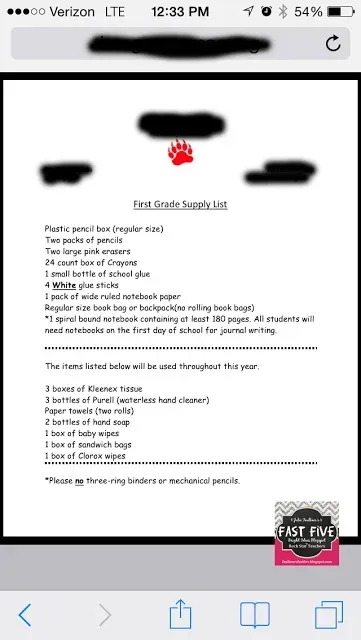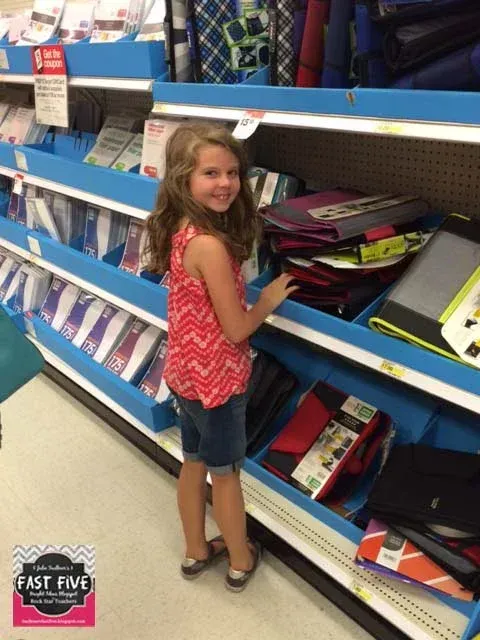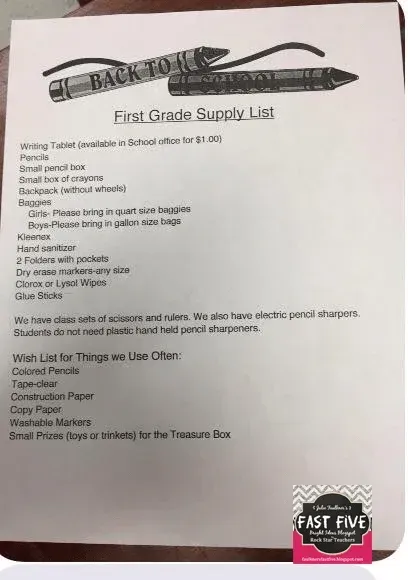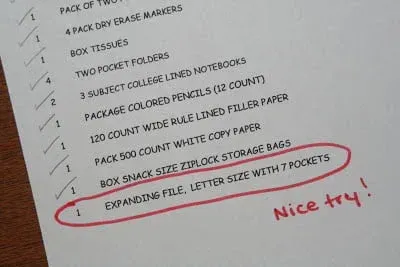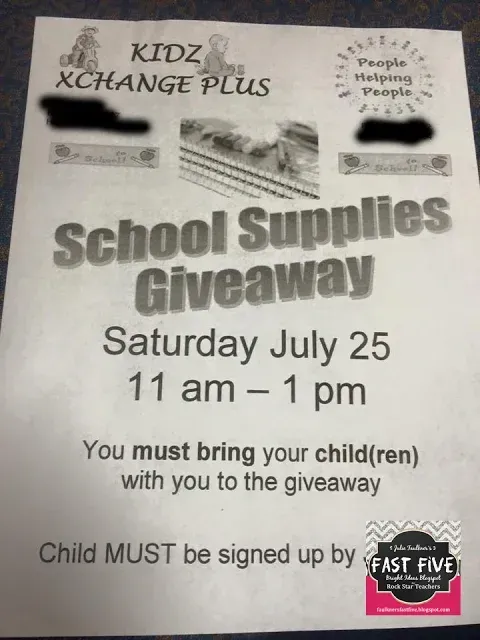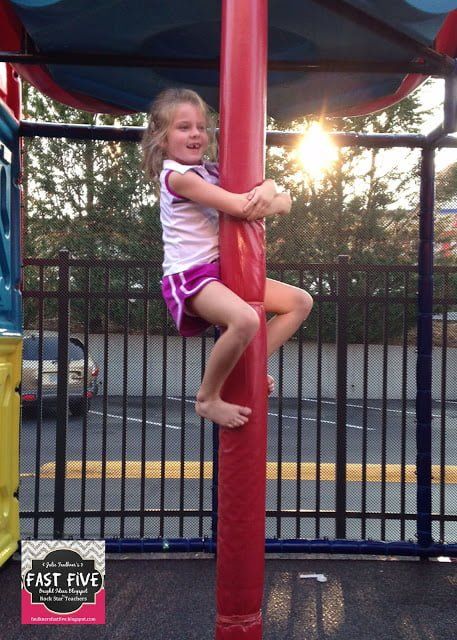Back to School Supplies
You Could Live Without
Last year, I shopped with my niece and sister for 1st grade school supplies. My mom, sister, and I are all teachers, so we love back-to-school time. But that experience wasn’t at all what I expected it would be. My niece tends to be type A and on top of that, it was 1st grade, so she was super apprehensive. We went to THREE stores – plus my sister ordered some things from Amazon and made another stop looking for exactly everything on her list, and my niece was in tears worrying it wouldn’t be right. She’s in FIRST GRADE. She has eleven more years to go. Sigh.
According to the National Retail Federation, the kindergarten to high school back-to-school supplies industry is a $20+ billion industry in the US. The Annual Back-to-School Survey conducted by the NRF found that the average family will spend $600+ on everything needed for back-to-school. In 2015, just over half of all students attending public schools in the United States are now eligible for free or reduced-price lunches, according to a new analysis of federal data. So what does that feel like if you don’t have that certain pencil or white – not blue glue. Isn’t glue, glue? In an effort to make everyone “alike” are we actually alienating?
Community groups and churches are pitching in to help out because the problem has gotten so out of control. Last year, my mother (she’s the principal of a rural middle school in the district where I teach and live) decided to take some of her Title 1 money and provide ALL the school supplies for every student in her school. Teachers, too. A couple of other schools in our area are beginning to do the same. When people call her school and ask for the supply lists because they can’t find them on the stands at the local stores, they are incredulous when she says it’s taken care of. What a relief to know that $100+ can go to paying bills or other family needs. Not every school can do that, of course, and resources are certainly nice to have. Teachers spend a lot of their own money, too, gathering supplies for classroom activities and projects. Don’t get me wrong, it’s nice to have some Kleenex provided or notebooks for students to write down their daily grammar corrections in. School does require supplies. The problem, I realized when shopping with my niece, was the stress of finding the certain, specific item and the almost endless list of supplies a child would “need” in 1st grade. I think a realistic budget needs to be kept in mind.
Borrowed from another blog
I’ve never required a lot of supplies in my own classroom, even when I taught in a wealthier suburban middle school, but over the years my paradigm has certainly shifted even more. I am very careful to use what I have wisely, to use pencils, to stock pile, to pick pencils up from the floor, recycle, reuse, re-purpose, and even clean lockers at the end of the year.
So – What do I want my students to have for back to school? Here’s my list: 1) Confidence, 2) peace of mind, 3) excitement, 4) energy, and 5) pencil and paper!
Love this content?
Sign up for my email newsletter with more tips, ideas, success stories, and freebies!










